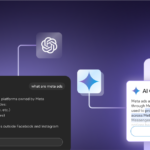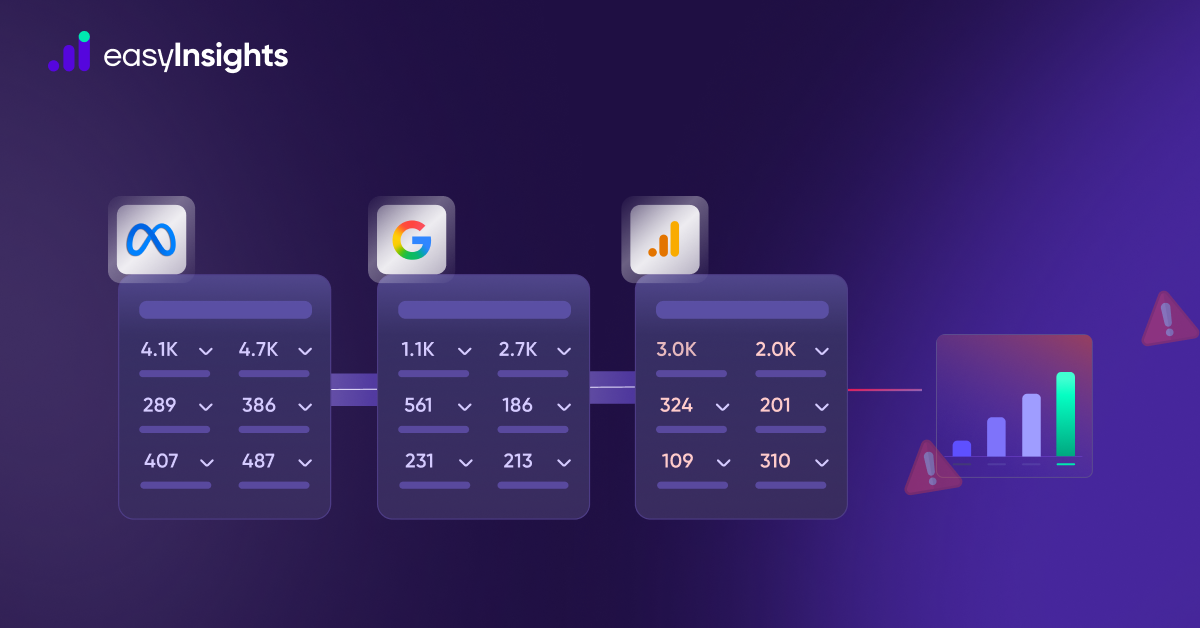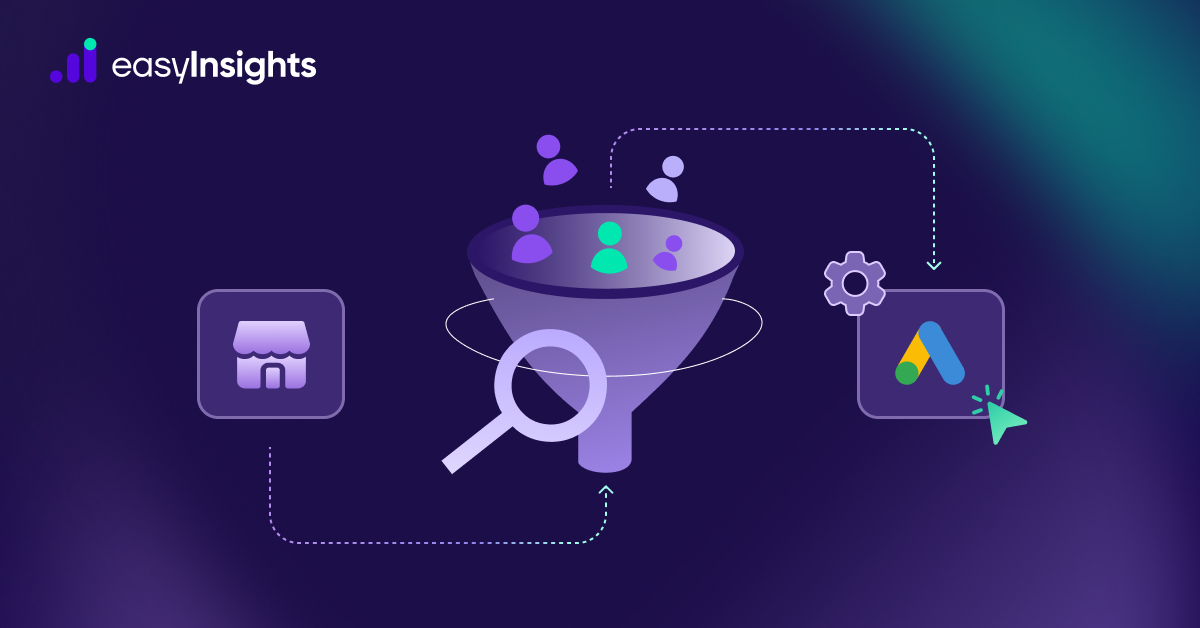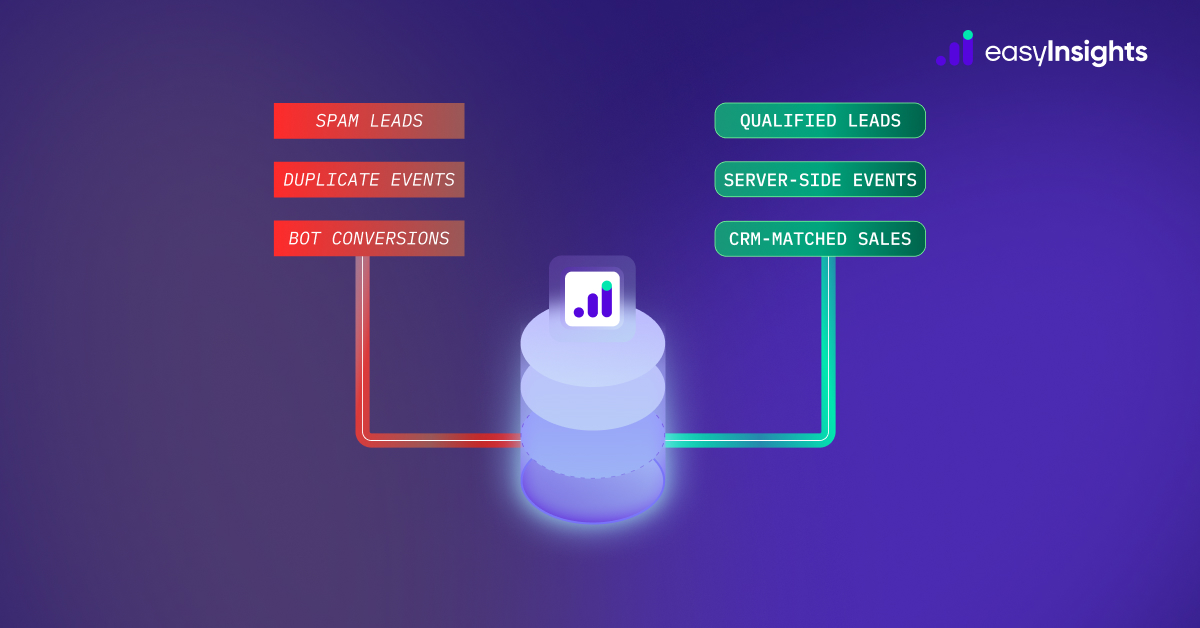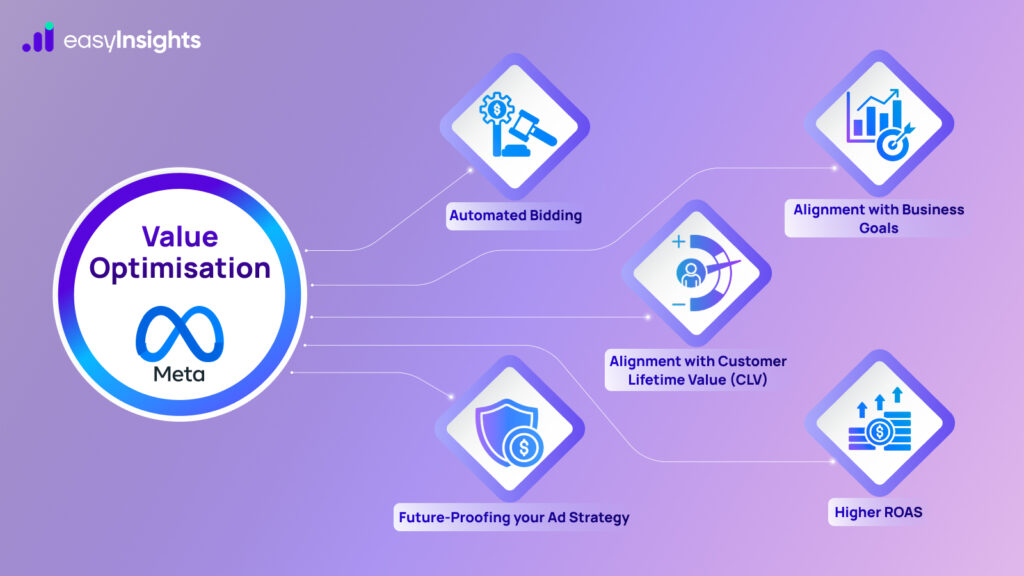
Meta has rolled out powerful new features to help advertisers go beyond just counting conversions. Instead of simply aiming for more sales or sign-ups, these tools help brands focus on the actual value behind each action. With updates around Value Optimization, Incremental Attribution, and Value Rules, advertisers can now align their campaigns with what truly matters, whether that’s boosting profit margins, attracting long-term customers, or reaching high-value audience segments.
Early results are promising: brands that optimized for the “value of conversions” goal reported a 12% increase in ROAS on average, compared to those who only optimized for conversion volume.
In the sections ahead, we’ll explore how each of these tools functions – and how you can effectively apply them to improve your campaign performance.
Jump ahead to:
What is Value Optimisation
Value Optimization in Meta is a smart bidding strategy that helps advertisers get the most revenue from their ad spend – not just more conversions. Instead of treating all conversions the same, Meta’s value optimization focuses on showing your ads to people who are more likely to make high-value purchases. For instance, if you’re running an e-commerce store, this means Meta will prioritize users who are more likely to spend Rs. 5,000 instead of Rs. 500.
This helps improve your ROAS by focusing on quality over quantity. Advertisers can use value optimization when they’ve set up purchase values through the Meta Pixel or Conversions API, and it works best when there’s enough purchase data available. In short, it’s a powerful way to maximize profits by letting Meta find the most valuable customers for your brand.
Meta is rolling out powerful improvements to its Value Optimisation tools, helping advertisers not only get more conversions but also achieve the right kind of conversions that drive more revenue, profit, and long-term value.
The Key Benefits of Value Optimization for Brands
- Higher ROAS, Period: This is the number one reason to use VO. It’s not about getting more sales; it’s about making more money. By focusing your ad budget on people who will generate higher revenue, you get a much better return on your ad spend. Meta’s data shows that advertisers using VO see a significant increase in ROAS compared to campaigns focused on conversion volume.
- Smarter, Automated Bidding: Forget manual bid adjustments. VO takes the guesswork out of bidding. It’s like having a hyper-intelligent data analyst working on your campaigns 24/7, constantly scanning for the most valuable customers and adjusting your bids in real time. This frees you up to focus on other aspects of your business, like creative and product development.
- Alignment with Your Business Goals: A conversion is just a number. Revenue and profit are what truly matter. Value optimization directly aligns your ad spend with your ultimate business goal: making a profit. You’re no longer just paying for a “purchase”; you’re paying for a high-value purchase.
- Future-Proofing Your Ad Strategy: As the digital advertising landscape becomes more competitive and customer acquisition costs rise, simply getting a lot of conversions won’t cut it. Value optimization helps you build a more sustainable and profitable ad engine that can thrive even as costs increase.
Additional Reading: What is Customer Value Optimisation
Getting Started with Value Optimization: What You Need
You can’t just flip a switch and start using VO. It relies on a crucial piece of technology to work properly: the Meta Pixel or the Conversions API.
Your Pixel must be installed correctly on your website and configured to pass the purchase value for every sale back to Meta. Without this data, Meta’s AI can’t tell the difference between a $10 sale and a $1,000 one. It’s this flow of value data that allows the algorithm to learn and optimize your campaigns.
Here’s the checklist to get started:
- Ensure your Meta Pixel or Conversions API is installed correctly. Use Meta’s Event Manager to confirm all events are firing properly.
- Make sure the “Purchase” event is tracking the value of each sale. This is non-negotiable for VO.
- Have a sufficient number of purchase events. Meta’s algorithm needs a good amount of data to learn. You should have at least 50+ purchases in the last 7 days to get a good start.
- Create a new campaign with the “Sales” objective and select “Maximize Value of Conversions” as your performance goal.
Value optimization isn’t just a new bidding strategy; it’s a shift in perspective. It’s about moving from a volume-based mindset to a value-based one, ensuring every dollar you spend on ads is working as hard as possible to grow your brand.
Not Every Conversion Is Equal – That’s Why You Need Value Optimisation
Ever looked at your ad reports and thought: “Great, I got 100 conversions today!”
But then reality hits: some bought a Rs. 200 product, others bought a Rs. 20,000 one. Yet, your ad platform counts both as the same “conversion.” That’s where Value Optimisation (VO) comes in.
Instead of chasing just more sales, VO ensures your marketing efforts attract the right kind of customers, the ones who buy more, stay longer, and keep coming back.
Why Value Optimisation Matters for Marketers
- Not all customers bring the same value – VO helps you distinguish between your “big spenders” and one-time buyers.
- Higher ROI, smarter spends – By showing ads to people who spend more, you stretch your ad budget further.
- Think lifetime, not one-time – VO aligns your strategy with Customer Lifetime Value (CLV), so you’re not just winning orders but building relationships.
- Feed the algorithm better signals – Platforms like Google & Meta work better when you optimise for value, not just clicks.
Value Optimisation in Meta Ads: Maximise Value of Conversions
As marketers, we know one truth: not all conversions are equal. A Rs. 500 order and a Rs. 15,000 order both show up as “1 purchase” in Ads Manager, but the impact on revenue is worlds apart.
That’s why in Meta, choosing “Maximise Value of Conversions” as your performance goal is key. Instead of pushing ads to anyone likely to buy, Meta’s algorithm looks at your historical purchase data and finds people more likely to make high-value purchases.
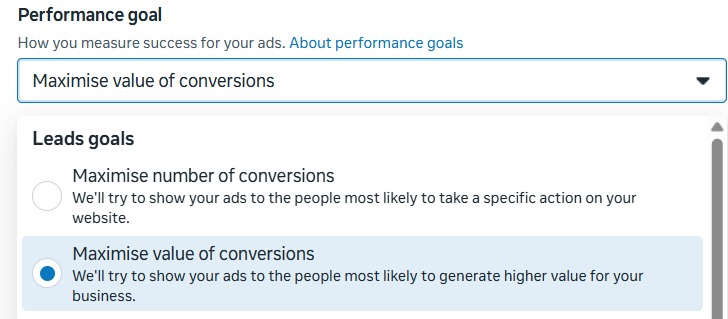
- Maximise Conversions = focuses on volume (more buyers).
- Maximise Value of Conversions = focuses on quality (buyers who spend more).
For us marketers, this shift means smarter use of budgets, higher ROAS, and campaigns that go beyond chasing “cheap wins” to driving real brand growth.
Maximising Value Optimisation with EasyInsights
Value optimisation works best when platforms like Meta get clean, rich data signals. That’s exactly what EasyInsights delivers. Key Features for Marketers:
- First-Party Data Activation – Pushes CRM, offline, and web data into Meta/Google Ads for stronger targeting.
- Advanced Attribution – Tracks the entire customer journey to show which campaigns drive high-value conversions.
- Product Feed Enhancement – AI-optimised catalogs to highlight top-selling or high-margin items.
- Seamless Integrations – 250+ plug-and-play connections (Shopify, GA4, HubSpot, etc.).
- Server-Side Tracking – Reliable CAPI implementation for accurate conversion signals.
Conclusion
At the end of the day, Value Optimisation in Meta is about shifting focus from “just more sales” to “the right kind of sales.” It ensures your ad budget is spent on people who will bring higher revenue, better profit margins, and long-term value for your brand.
Instead of treating a Rs. 200 order and a Rs. 20,000 order as the same, Value Optimisation helps Meta’s algorithm prioritise the customers who matter most. This means higher ROAS, smarter use of budgets, and campaigns that are built for growth, not just volume.
And while Meta’s tools are powerful, they work best when paired with clean, rich first-party data. That’s where EasyInsights steps in, helping you activate your customer data, enrich product feeds, and send stronger signals back to Meta so you can get the most out of value optimisation.



